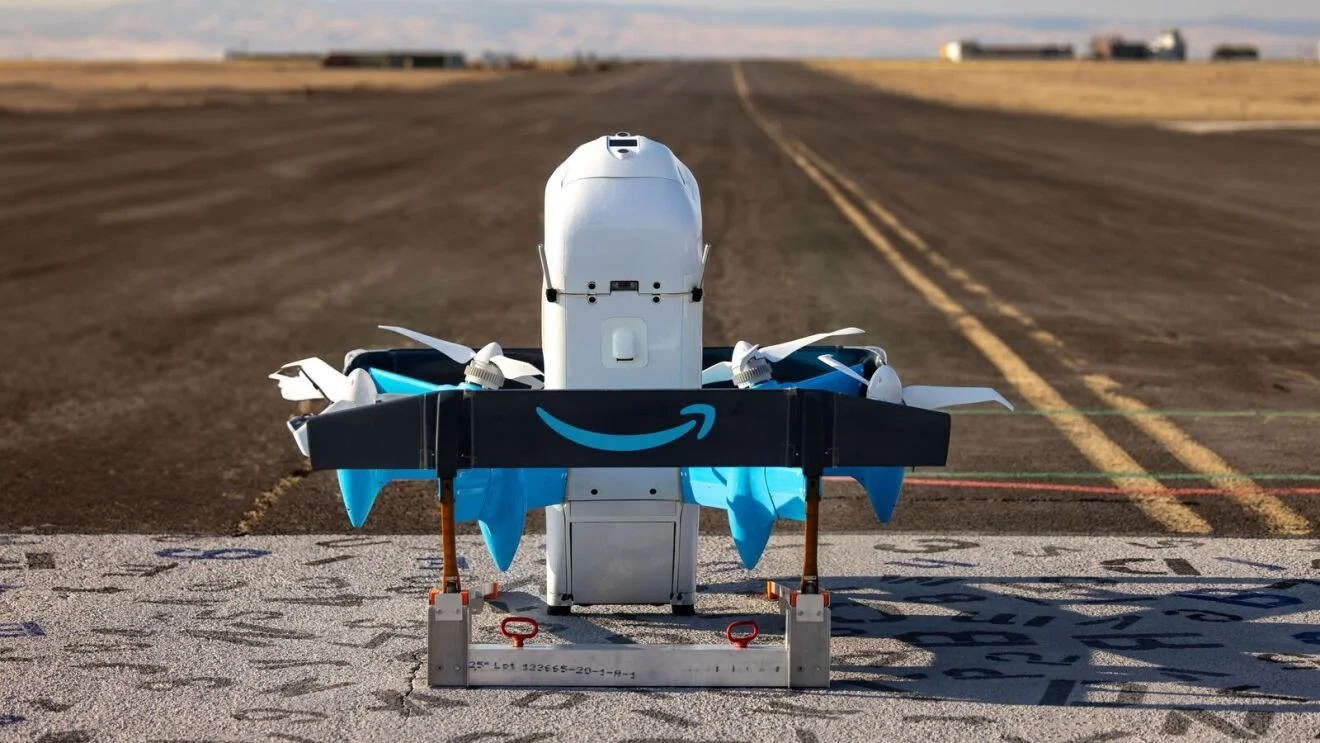OpenAI Report Reveals Surge in Global AI Misuse, Urges Stronger Industry Action

Image Credit: Charanjeet Dhiman | Splash
A comprehensive report released in June 2025 by OpenAI reveals a significant increase in the malicious use of artificial intelligence tools by global threat actors, spanning scams, covert influence operations, and cyberattacks. The 46-page document underscores AI’s dual role as a catalyst for innovation and a tool for harm, calling for enhanced industry collaboration to mitigate misuse.
AI-Powered Threats Unveiled
The report, "Disrupting Malicious Uses of AI: June 2025", documents 10 case studies of AI-driven threats detected and disrupted over the past three months. These include deceptive employment schemes, social media propaganda, and sophisticated cyberattacks, with origins traced to China, Cambodia, Russia, Iran, and the Philippines.
AI tools, notably large language models like ChatGPT, were exploited to automate tasks such as generating fraudulent resumes, crafting divisive social media content, and debugging malware code. The accessibility of AI amplifies the scale and speed of these operations, enabling even less skilled actors to execute complex schemes. Conversely, OpenAI leveraged AI analytics to detect and ban accounts, highlighting the technology’s defensive potential.
Global AI Misuse Exposed
The report details diverse operations, each showcasing unique AI applications:
Operation Sneer Review (China): AI-generated social media comments targeted Taiwanese resistance movements and Pakistani activist Mahrang Baloch, posted on TikTok and X. Most engagement was inauthentic, limiting impact to a low Category 3 on the IO impact Breakout Scale.
Operation High Five (Philippines): A marketing firm used AI to generate pro-government comments on TikTok and Facebook, supporting President Marcos. Minimal authentic engagement rated it Category 2 on the impact scale.
Operation VAGue Focus (China): AI supported social engineering to extract intelligence from U.S. and European targets, crafting messages for fake entities like "Focus Lens News." Its small scale yielded low engagement (Category 2).
Operation Wrong Number (Cambodia): A task scam used AI to translate recruitment messages in multiple languages, offering high pay for trivial tasks. OpenAI’s AI-driven translation analysis enabled swift disruption.
Roots of the AI Threat Surge
The escalation of AI misuse since OpenAI’s March 2025 report stems from the growing accessibility of AI tools. The findings align with threat reports from Google and Anthropic, which note similar trends. The democratization of AI enables state and non-state actors to exploit commercial models, with China-linked operations reflecting strategic priorities in influence and cyber domains.
Fighting Back with AI Defenses
OpenAI responded by banning accounts, sharing intelligence with peers like Meta, and coordinating with authorities. Collaborations mitigated threats like the China-linked "Operation Uncle Spam" and the Russian "ScopeCreep" malware campaign. However, challenges persist, as OpenAI’s visibility is limited to its platforms, and assessing real-world impacts requires broader stakeholder input.
The Next Frontier of AI Risks
The report anticipates a rise in AI-driven threats as models advance and become more accessible. Generative AI could enable hyper-realistic deepfakes, complicating detection efforts. OpenAI advocates for “common-sense rules” to protect against harms and standardized frameworks, like the LLM ATT&CK Framework, to classify AI misuse tactics.
Source: OpenAI
We are a leading AI-focused digital news platform, combining AI-generated reporting with human editorial oversight. By aggregating and synthesizing the latest developments in AI — spanning innovation, technology, ethics, policy and business — we deliver timely, accurate and thought-provoking content.




































































































































































































